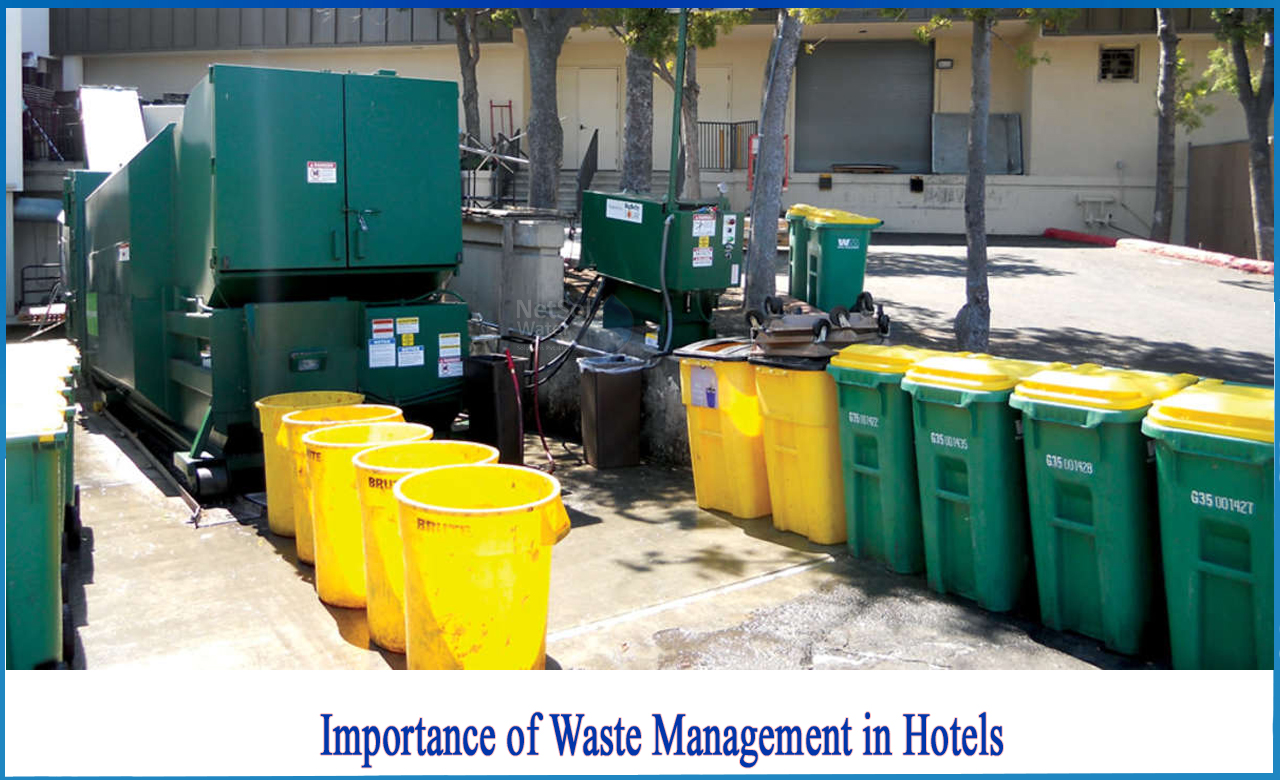See This Report about Reclaim Waste
See This Report about Reclaim Waste
Blog Article
The Main Principles Of Reclaim Waste
Table of ContentsMore About Reclaim WasteThe smart Trick of Reclaim Waste That Nobody is DiscussingAll About Reclaim WasteReclaim Waste - An OverviewSome Known Factual Statements About Reclaim Waste
Residential sewer waste refers to the waste and products from a property septic tank. The appropriate monitoring and disposal of domestic sewage waste call for fluid waste to be transferred to a sewer therapy plant where the proper techniques and tools are applied to cleanse and dispose of waste.
Business waste often includes prospective threats, such as flammable materials or a combination of fluid and solid waste products, and requires a much more innovative and detailed disposal procedure. The disposal of business waste commonly involves the filtration of waste before transportation to make sure secure and correct disposal. Industrial waste is created from byproducts and runoff of industrial processes and production.
This kind of waste can not use the very same sewer administration transport or processes as septic or business fluids. The commercial waste administration procedure needs the examination and screening of fluid waste prior to it undergoes the disposal procedure (liquid waste removal melbourne). Overflow waste is the liquid waste that comes from runoff and excess stormwater in highly populated locations or cities
Drainage waste can create contamination and flooding otherwise managed appropriately. Find out more regarding sewer cleaning and waste monitoring. Ensuring correct waste monitoring can protect against catastrophes and decrease ecological injury. Both individuals in domestic settings and specialists in industrial or production sectors can gain from comprehending the procedures and laws of fluid waste management.
All About Reclaim Waste
Contact PROS Solutions today to find out about our waste monitoring and disposal services and the appropriate ways to look after the liquid waste you create.
(https://reclaimwaste1.wordpress.com/2024/11/12/efficient-liquid-waste-disposal-in-melbourne-reclaim-wastes-expert-solutions/)Do you recognize what takes place to your water when you draw the plug, flush the commode or drain the washing equipment? No? Well, it deserves understanding. This so-called 'wastewater' is not just a crucial resource however, after treatment, will certainly be released to our land, rivers or the sea. Utilized water from commodes, showers, baths, cooking area sinks, laundries and commercial processes is recognized as wastewater.

water made use of to cool equipment or tidy plant and equipment). Stormwater, a kind of wastewater, is overflow that moves from agricultural and metropolitan areas such as roofings, parks, yards, roads, paths and seamless gutters into stormwater drains pipes, after rainfall. Stormwater flows without treatment directly to regional creeks or rivers, at some point reaching the ocean.
Little Known Facts About Reclaim Waste.
In Queensland, a lot of wastewater is dealt with at sewer therapy plants. Wastewater is transported from domestic or industrial sites through a system of sewers and pump stations, known as sewerage reticulation, to a sewage treatment plant. City governments build, preserve and operate most sewage treatment plants. Operators are certified under the Environmental Security Act 1994 to discharge treated wastewater at an appropriate ecological standard right into rivers.
The Department of Natural Resources recommends city governments regarding handling, operating and preserving sewage systems and treatment plants. In unsewered locations, local governments might need householders to install specific or family sewage therapy systems to deal with domestic wastewater from toilets, cooking areas, washrooms and laundries. The Division of Natural Resources authorizes using household systems when they are confirmed to be efficient.
In some new subdivisions, therapy of some stormwater to remove trash, sand and crushed rock has actually begun making use of gross contaminant catches. Wastewater treatment happens in 4 stages: Eliminates strong matter.
Wastewater after that flows into huge tanks where solids clear up and are visit this web-site gotten rid of as sludge. Grease and scum are skimmed from the surface area. Makes use of tiny living organisms called micro-organisms to break down and eliminate continuing to be dissolved wastes and fine bits. Micro-organisms and wastes are included in the sludge. Removes nitrogen and phosphorus nutrients that could trigger algal blossoms in our rivers and threaten water life.
The Basic Principles Of Reclaim Waste
Nutrient removal is not readily available in all sewer therapy plants since it needs costly specialist devices. It is ending up being a lot more typical in Queensland. Clear liquid effluent created after treatment may still have disease-causing micro-organisms. If this effluent is released into waterways such as rivers or the sea, the micro-organisms will at some point pass away out.

The majority of wastewater flows right into the sewerage system. Under the Act, neighborhood governments carry out approvals and permits for environmentally pertinent activities (Periods) involving wastewater launches that might have a regional influence.
Little Known Facts About Reclaim Waste.
Or else, samples are taken for research laboratory analysis. Commonly several tests are required to develop the degrees of each of the various pollutants such as oils, heavy metals and chemicals in water. Surveillance provides factual info regarding water top quality and can validate that licence conditions are being satisfied. The info gotten through tracking gives the basis for making water top quality choices.
Report this page